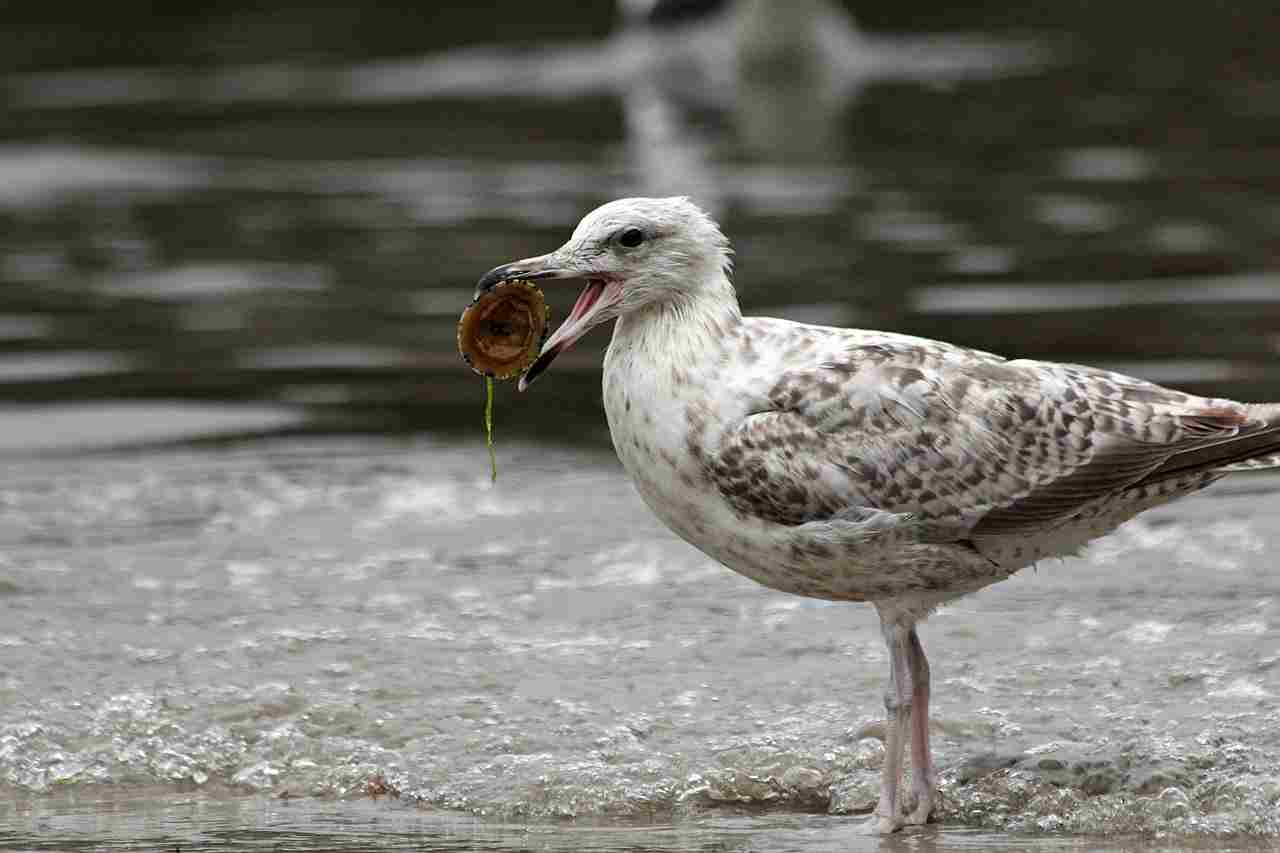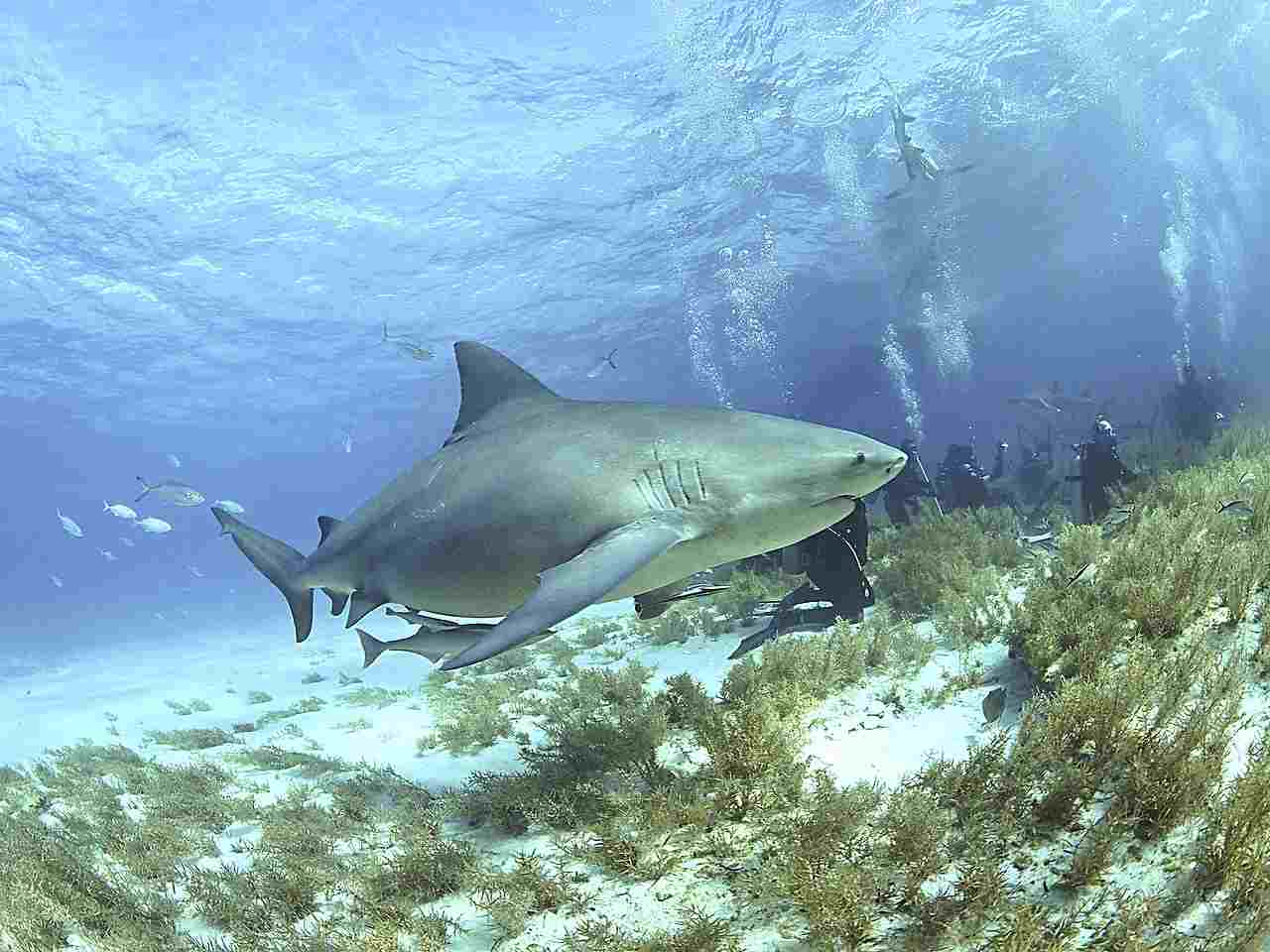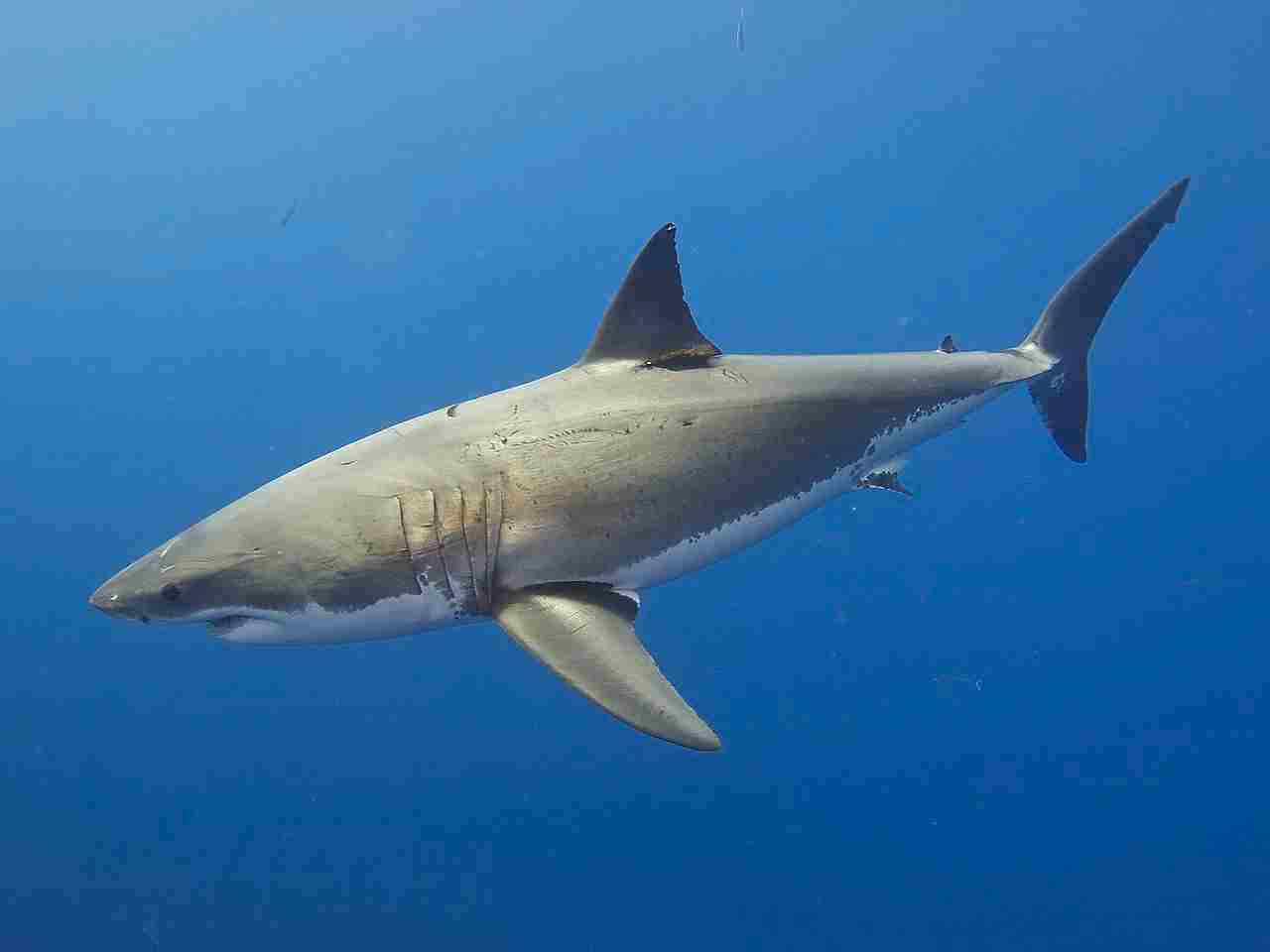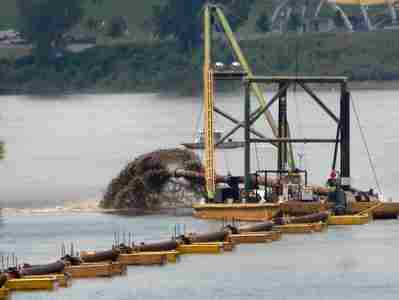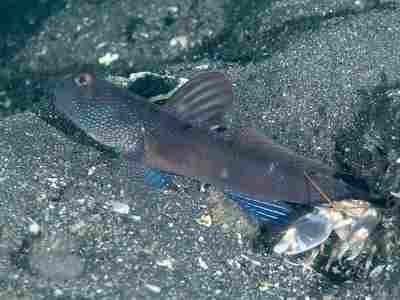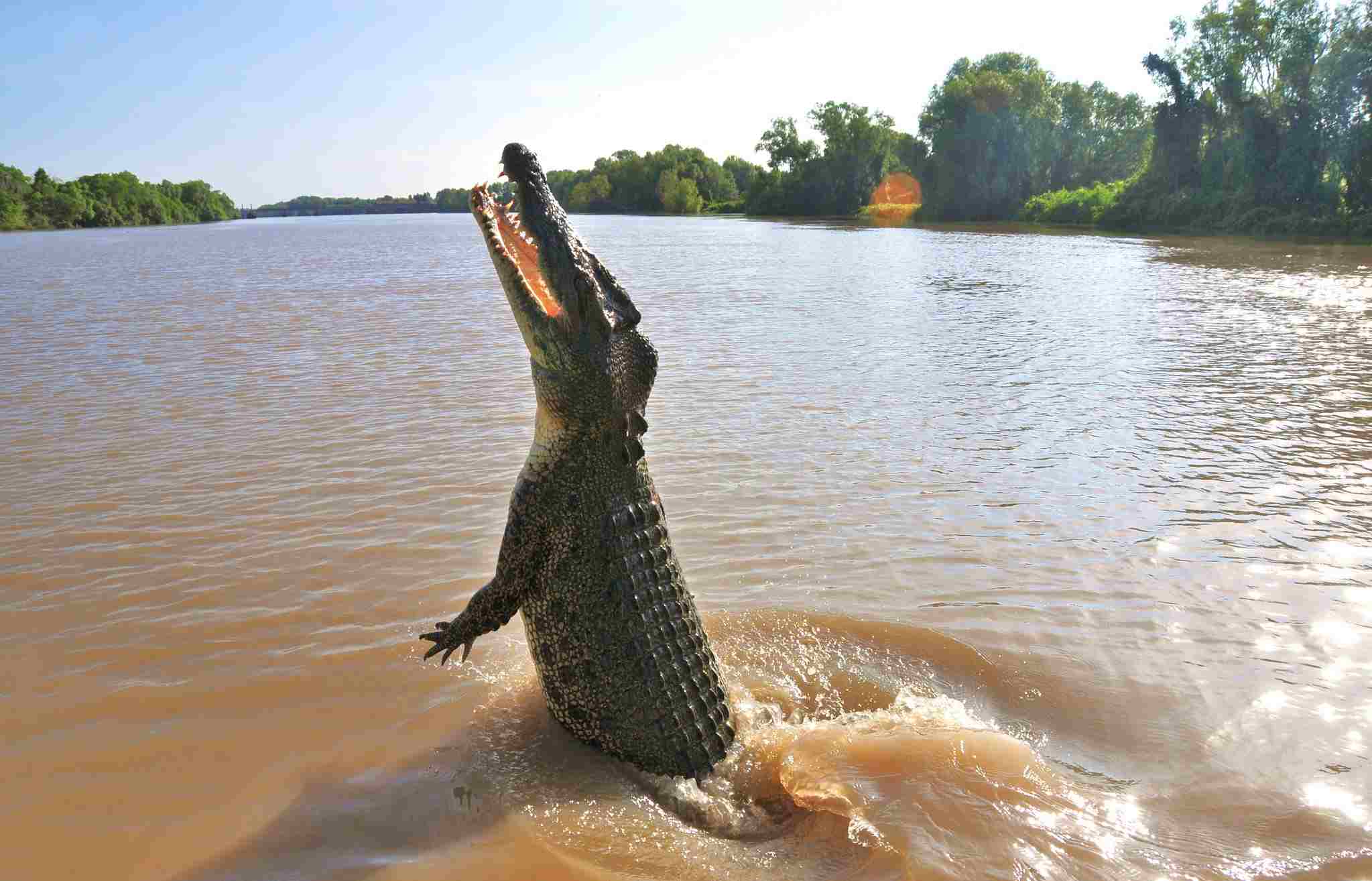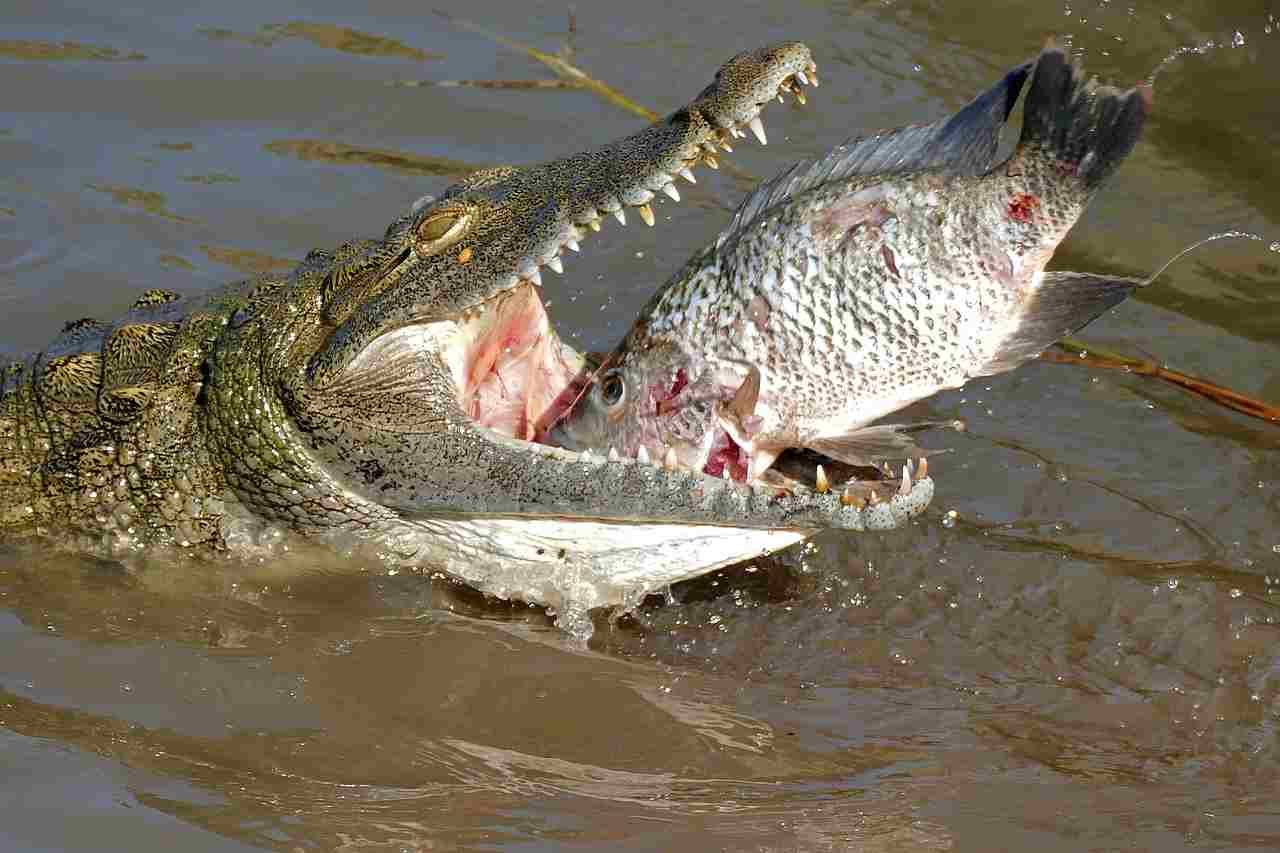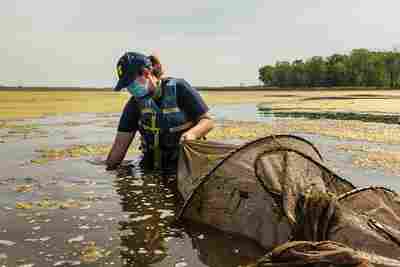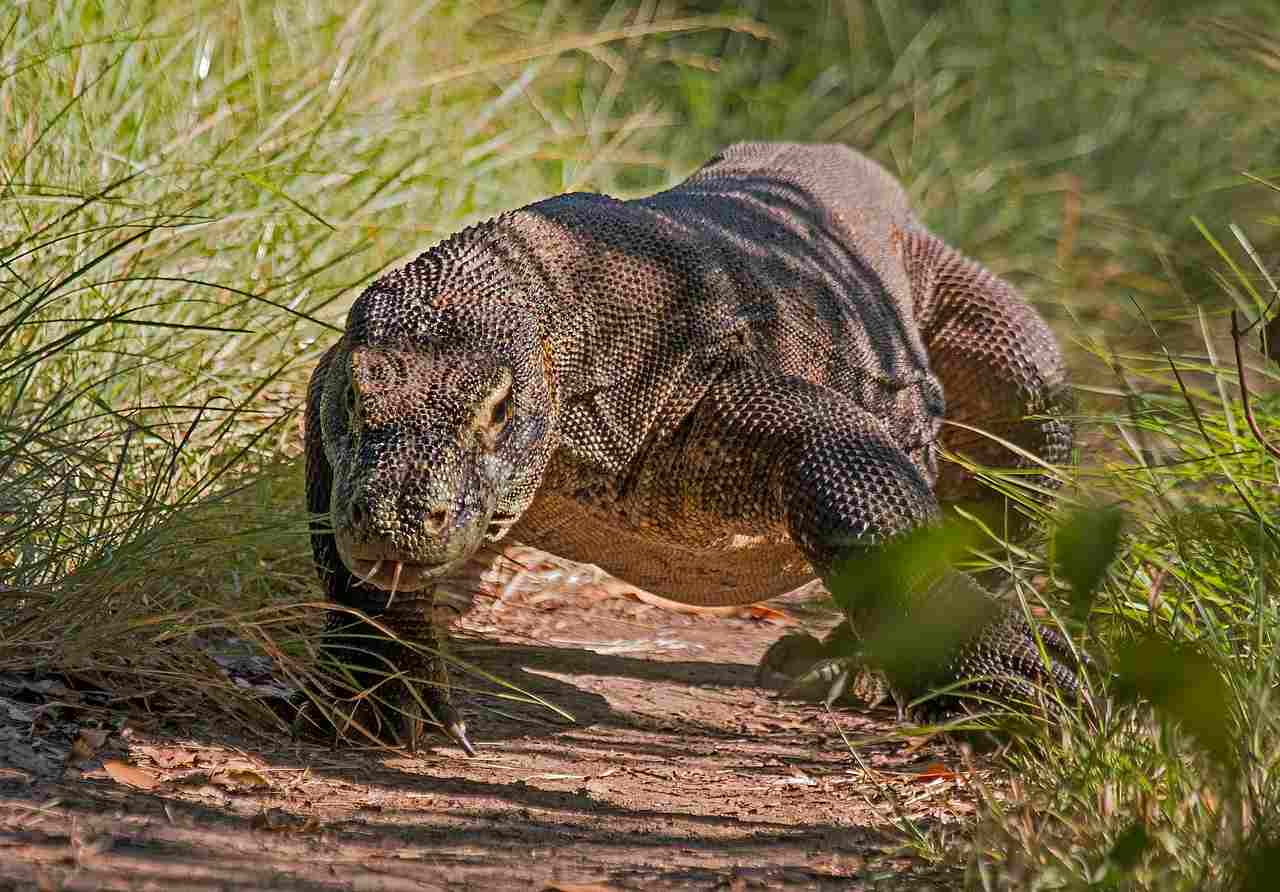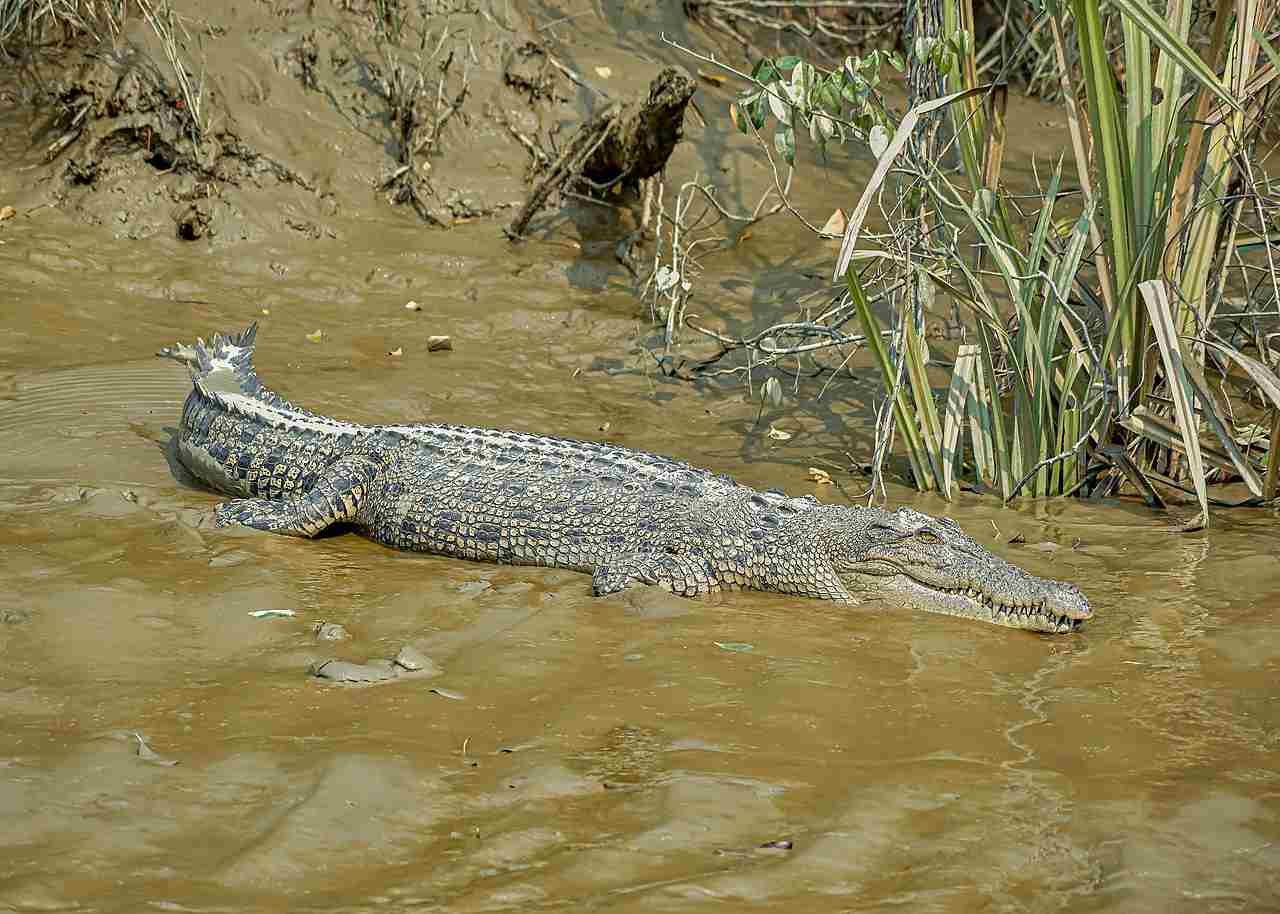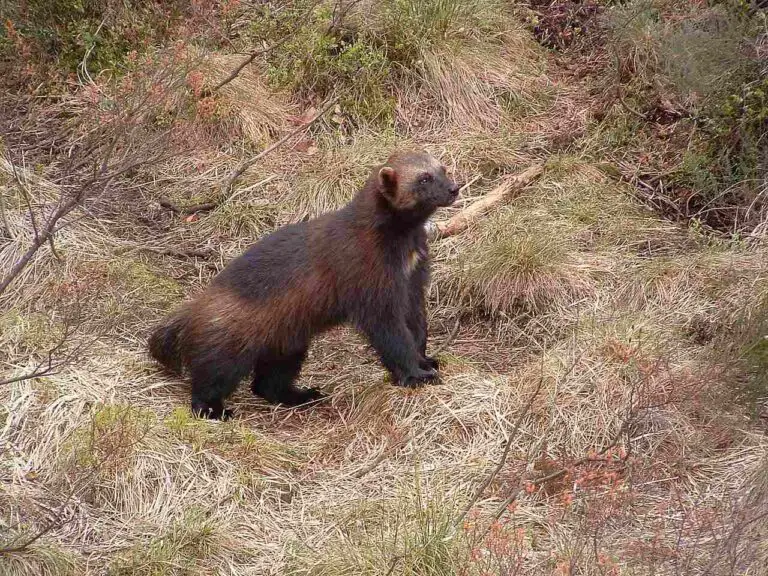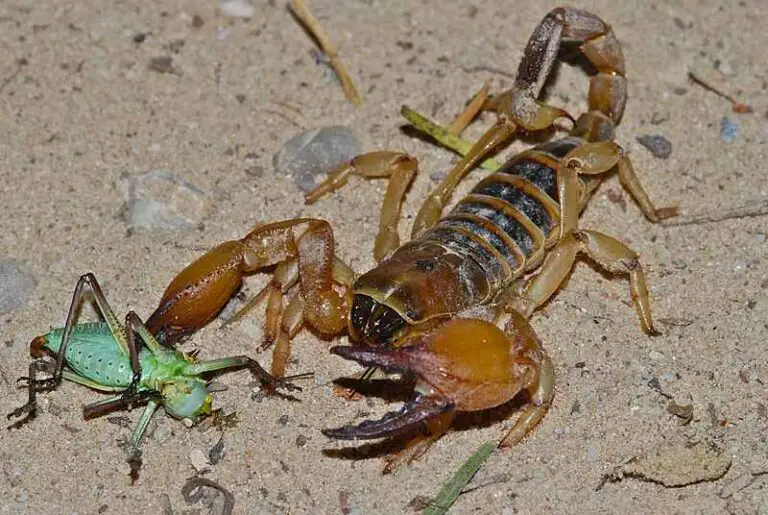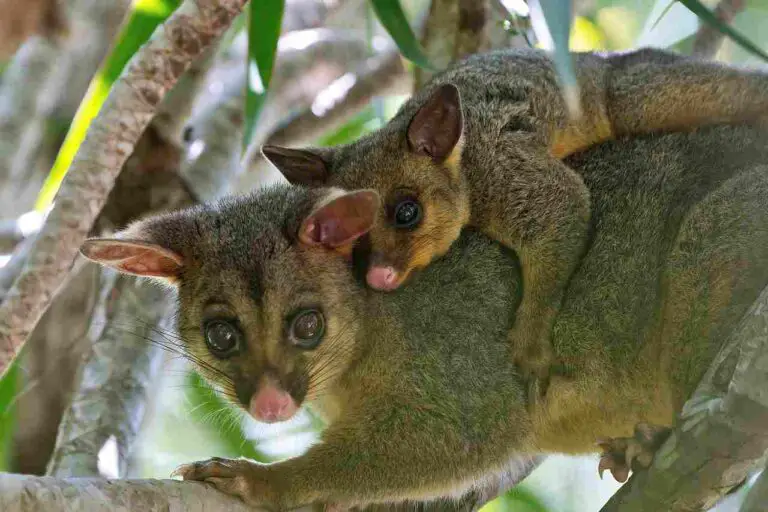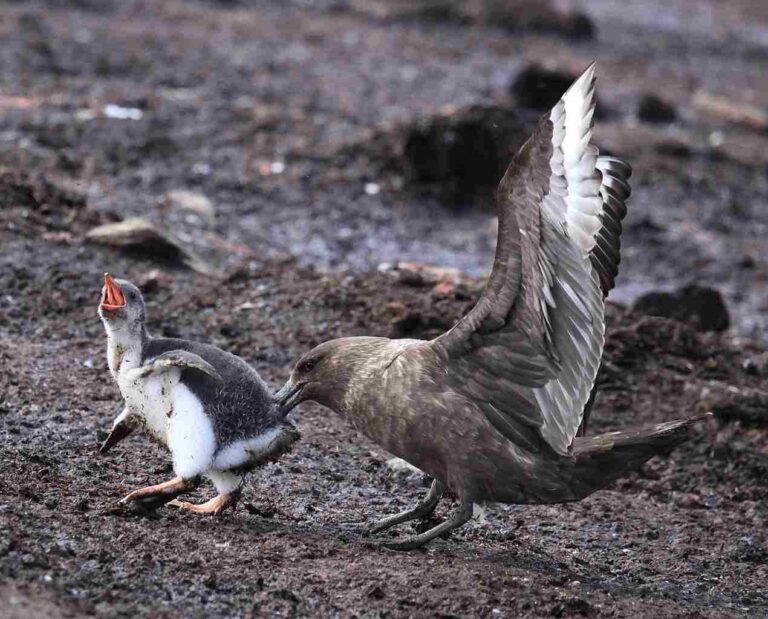7+ Carnivores in Estuaries and Their Characteristics
Carnivores in estuaries, such as saltwater crocodiles and bull sharks, play vital roles in maintaining ecosystem balance. For instance, saltwater crocodiles are apex predators that regulate prey populations and contribute to the health of estuarine habitats. Similarly, bull sharks help control fish populations and serve as indicators of estuarine health. While encounters with these carnivores can be rare and sometimes dangerous for humans, conservation efforts and responsible management are essential to ensure their continued coexistence with other species in estuaries.
1. Saltwater Crocodile
The saltwater crocodile, often referred to as the “salty” or “salties,” reigns as the largest living reptile on Earth, and estuaries serve as one of its favored habitats. These apex predators are masters of the water, equally adept in saltwater and freshwater environments. Within estuaries, saltwater crocodiles play a crucial role in maintaining the ecological balance.
As ambush predators, saltwater crocodiles lurk beneath the surface, patiently waiting for unsuspecting prey to venture close. Their diet is diverse and includes fish, crustaceans, birds, and mammals. In estuaries, they particularly prey on fish species such as mullet, barramundi, and catfish, using their powerful jaws and serrated teeth to swiftly dispatch their victims.
Despite their size and strength, saltwater crocodiles are also opportunistic feeders, scavenging on carrion and occasionally preying on larger animals such as water buffalo and even sharks. Their presence in estuaries helps regulate the populations of other species, thereby contributing to the overall health of the ecosystem.
However, their formidable reputation as apex predators also demands respect and caution from humans. Encounters between saltwater crocodiles and humans can turn deadly, highlighting the need for conservation efforts and responsible management of their habitats. In estuarine environments, coexistence with saltwater crocodiles requires a delicate balance between conservation and safety measures to ensure the survival of both species.
2. Marsh Harrier
The marsh harrier, a majestic bird of prey, adds an element of grace to the estuarine ecosystem. With their keen eyesight and agile flight, these raptors are well-adapted to hunt in the marshlands and wetlands surrounding estuaries. Marsh harriers primarily feed on small mammals, birds, and occasionally fish, making them effective hunters in these diverse habitats.
In estuaries, marsh harriers play a crucial role in controlling the populations of rodents and birds, helping to maintain the balance of the ecosystem. Their hunting behavior involves soaring high above the marshes, scanning the terrain for potential prey, and then swooping down with precision to capture their target. Their presence is not only beneficial for the ecosystem but also adds to the biodiversity and natural beauty of estuarine environments.
3. Bull Shark
The bull shark, known for its aggressive nature and adaptability, is a formidable carnivore that frequents estuarine waters. Unlike many other shark species, bull sharks are euryhaline, meaning they can tolerate a wide range of salinities, making estuaries ideal hunting grounds for them. These apex predators have a diverse diet that includes fish, dolphins, turtles, and even other sharks.
In estuaries, bull sharks play a vital role in regulating the populations of fish species, helping to maintain the ecological balance. Their presence also indicates the health of the estuarine ecosystem, as they are sensitive to changes in water quality and prey availability. However, their aggressive nature and proximity to human-populated areas can sometimes lead to conflicts, highlighting the need for coexistence strategies and conservation efforts.
4. Leopard Shark
The leopard shark, named for its distinctive spotted pattern, is a common sight in estuarine and coastal waters. These docile sharks primarily feed on small fish, crustaceans, and mollusks, making them important predators in estuarine ecosystems. Their presence helps control the populations of smaller prey species, contributing to the overall health and balance of the ecosystem.
In estuaries, leopard sharks are often found near the bottom, using their keen sense of smell and electroreception to locate prey hiding in the sediment. Their hunting behavior is relatively passive compared to more aggressive shark species, making them well-suited for estuarine environments where space and resources are shared among diverse species. As indicators of estuarine health, the presence of leopard sharks underscores the importance of conserving these unique and valuable ecosystems.
5. River Otter
River otters, charismatic members of the mustelid family, are skilled predators that thrive in estuarine environments rich in aquatic resources. These playful and agile mammals are well-adapted to life both in and out of the water, making estuaries an ideal habitat for them. River otters primarily feed on fish, crustaceans, amphibians, and occasionally small mammals, using their dexterous paws and sharp teeth to catch and consume their prey.
In estuaries, river otters play a crucial role in controlling the populations of fish and invertebrates, helping to maintain the balance of the ecosystem. Their hunting behavior often involves foraging along the shoreline, diving into the water to chase after prey, and using their strong swimming skills to navigate the complex maze of channels and waterways characteristic of estuarine environments. As indicators of estuarine health, the presence of river otters highlights the importance of preserving these vital ecosystems.
6. Gull
Gulls, with their distinctive calls and aerial acrobatics, are common sights along estuarine coastlines worldwide. These opportunistic feeders have adapted to a wide range of habitats, including estuaries, where they play a crucial role in the food web. Gulls have a diverse diet that includes fish, crustaceans, mollusks, insects, and even garbage scavenged from human settlements.
In estuaries, gulls are often found congregating near the shoreline, where they forage for food among the intertidal zones and mudflats. Their scavenging behavior helps to recycle nutrients and organic matter, contributing to the overall health of the estuarine ecosystem. However, their presence can sometimes lead to conflicts with humans, particularly in areas where they compete for food or nesting sites. Effective management strategies are essential to balance the needs of gulls with those of other species and human communities.
7. Bass
Bass, including species such as striped bass and largemouth bass, are prized gamefish found in estuarine waters along the coast. These predatory fish are highly adaptable and thrive in a variety of habitats, including estuaries, where they play a crucial role in the food web. Bass primarily feed on smaller fish, crustaceans, and insects, using their keen senses and stealthy hunting tactics to ambush prey.
In estuaries, bass are often found lurking near submerged structures such as mangrove roots, submerged vegetation, and oyster reefs, where they lie in wait for unsuspecting prey to swim by. Their presence helps control the populations of smaller fish species, contributing to the overall health and balance of the ecosystem. Bass fishing is a popular recreational activity in many estuarine areas, highlighting the importance of sustainable management practices to ensure the long-term viability of bass populations and their habitats.
8. Heron
Herons, with their elegant stature and dagger-like beaks, are iconic inhabitants of estuarine environments around the world. These wading birds are skilled hunters, specializing in capturing fish, amphibians, crustaceans, and insects from the shallow waters of estuaries. With their long legs and necks, herons can wade through the marshes and mudflats of estuaries with ease, using their sharp beaks to spear prey with precision.
In estuaries, herons are often found stalking their prey along the water’s edge or standing motionless in shallow waters, waiting for the perfect opportunity to strike. Their presence helps control the populations of small aquatic creatures, contributing to the ecological balance of the estuarine ecosystem. As indicators of estuarine health, the presence of herons underscores the importance of preserving these vital habitats for both wildlife and humans.
9. White-Bellied Sea Eagle
The white-bellied sea eagle, a majestic raptor with a wingspan of up to 2.2 meters, is a formidable predator of estuarine ecosystems along coastal regions. These apex predators primarily feed on fish, waterbirds, and carrion, making them important contributors to the food web of estuaries. With their keen eyesight and powerful talons, white-bellied sea eagles are skilled hunters both on land and at sea.
In estuaries, white-bellied sea eagles can often be seen soaring high above the water, scanning the surface for potential prey. When they spot a target, they dive down with incredible speed and accuracy, using their sharp talons to snatch fish from the water or capture waterbirds in mid-flight. Their presence helps regulate the populations of fish and waterbirds, contributing to the overall health and balance of the estuarine ecosystem. Conservation efforts aimed at protecting white-bellied sea eagles and their habitats are essential for maintaining the biodiversity and ecological integrity of estuarine environments.
*Summary
-
Saltwater Crocodile:
-
Largest living reptile, apex predator.
-
Diverse diet, includes fish, birds, mammals.
-
Crucial role in estuarine ecosystem balance.
-
-
Marsh Harrier:
-
Agile bird of prey, hunts in marshlands.
-
Diet includes small mammals, birds, fish.
-
Important for controlling rodent and bird populations.
-
-
Bull Shark:
-
Aggressive predator, adapts to estuarine waters.
-
Diverse diet, regulates fish populations.
-
Sensitive to water quality, ecosystem health indicator.
-
-
Leopard Shark:
-
Common in estuarine waters, feeds on small prey.
-
Helps control populations of fish and invertebrates.
-
Indicators of estuarine health, importance of conservation.
-
-
River Otter:
-
Skilled predators, thrive in estuarine habitats.
-
Feed on fish, crustaceans, amphibians.
-
Crucial for controlling fish and invertebrate populations.
-
-
Gull:
-
Opportunistic feeders, common in estuaries.
-
Diverse diet includes fish, scavenged food.
-
Recycles nutrients, contributes to ecosystem health.
-
-
Bass:
-
Prized gamefish, adaptable to estuarine habitats.
-
Feed on smaller fish, crustaceans, insects.
-
Important for controlling smaller fish populations.
-
-
Heron:
-
Elegant wading birds, skilled hunters in estuaries.
-
Feed on fish, amphibians, insects.
-
Contribute to ecological balance by controlling prey populations.
-
-
White-Bellied Sea Eagle:
-
Majestic raptors, formidable predators.
-
Feed on fish, waterbirds, carrion.
-
Important for regulating fish and waterbird populations in estuaries.
-
| Carnivores in Estuaries | Summary |
| Saltwater Crocodile |
Largest reptile, diverse diet, crucial for ecosystem balance.
|
| Marsh Harrier |
Agile bird of prey, controls rodent and bird populations.
|
| Bull Shark |
Aggressive predator, regulates fish populations, ecosystem health indicator.
|
| Leopard Shark |
Feeds on small prey, helps control fish and invertebrate populations.
|
| River Otter |
Skilled predator, crucial for controlling fish and invertebrate populations.
|
| Gull |
Opportunistic feeder, recycles nutrients, contributes to ecosystem health.
|
| Bass |
Prized gamefish, important for controlling smaller fish populations.
|
| Heron |
Elegant hunter, contributes to ecological balance by controlling prey populations.
|
| White-Bellied Sea Eagle |
Formidable predator, regulates fish and waterbird populations
|
Related FAQs
Q: Are saltwater crocodiles dangerous to humans in estuaries? A: Yes, saltwater crocodiles can be dangerous to humans in estuarine environments. While attacks are rare, they can occur, especially if humans venture too close to crocodile habitats or nesting sites. It’s essential to exercise caution and follow safety guidelines when navigating estuarine waters where crocodiles are present.
Q: What should I do if I encounter a bull shark while swimming in an estuary? A: If you encounter a bull shark while swimming in an estuary, remain calm and slowly back away from the shark if possible. Avoid making sudden movements or splashing, as this may provoke the shark. If you are unable to safely retreat from the area, try to maintain eye contact with the shark and slowly swim towards the shore. Bull sharks are typically more aggressive in murky waters or areas with low visibility, so it’s advisable to avoid swimming in these conditions.
Q: How can I help conserve heron populations in estuaries? A: To help conserve heron populations in estuaries, you can support habitat restoration efforts, such as preserving wetlands and protecting nesting sites. Additionally, minimizing disturbance to herons during their breeding season is crucial, as disruptions can lead to nest abandonment or decreased reproductive success. Avoiding the use of pesticides and other pollutants near estuarine habitats can also help maintain water quality and ensure a healthy food supply for herons and other wildlife.
Q: What measures can be taken to mitigate conflicts between gulls and humans in estuarine areas? A: To mitigate conflicts between gulls and humans in estuarine areas, strategies such as proper waste management and the installation of bird deterrents can be effective. Encouraging responsible behavior among visitors, such as not feeding gulls or leaving food scraps exposed, can also help reduce the attraction of gulls to human-populated areas. Additionally, educating the public about the ecological importance of gulls and their role in estuarine ecosystems can foster a greater appreciation for these birds and promote coexistence.
